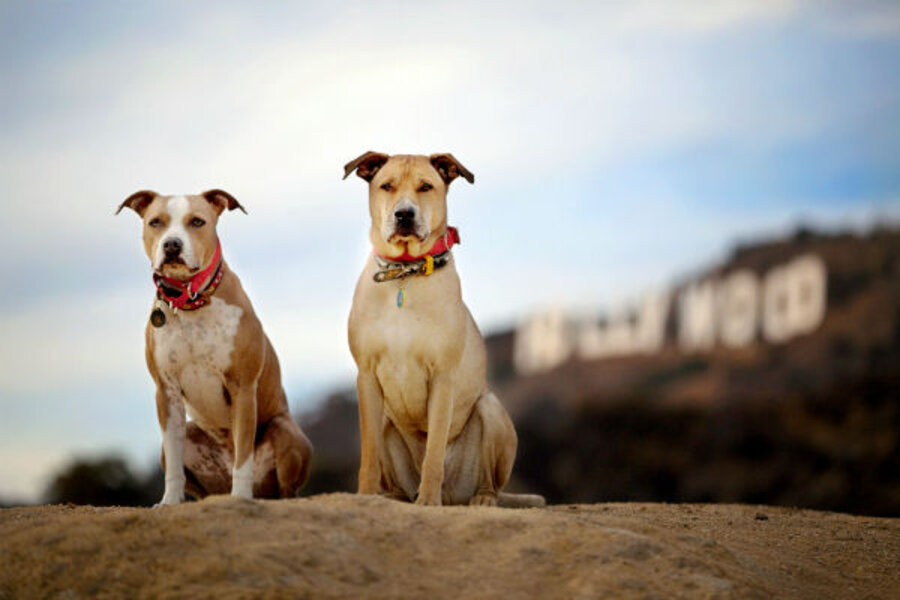Pet photography captures your mutt's mug on film
Loading...
It takes more than a squeaky toy and a camera to capture memorable pet portraits.
Professional pet photographers in the increasingly competitive business quiz owners about their dogs' personalities, find the ideal setting, and use favorite toys to bring out the best in the animals they shoot, knowing that portraits will outlive the pets themselves.
"I spend time getting them to trust me so I can reach into their soul," said Rachael Hale McKenna of New Zealand, who just released her 15th book, "The Dogs of New York."
Twenty years ago, most people didn't think to put their pet in a family photo or on the annual Christmas card. Today, both are likely to be built around a beloved animal. And the older a pet gets, the more people think about professional portraits.
McKenna and two other well-known pet photographers live continents apart and all specialize in candid photos of dogs in their favorite places, not in a studio. They spend time with people and pets before the session starts, and they know the importance of immortalizing aging animals.
Jenna Leigh Teti of Jersey City, New Jersey offers a package for very old or terminally ill dogs.
"It's an important shoot for me, a special thing to capture for someone," she said. "And it's happening more frequently."
To catch the quirks that bring photos to life, Teti and Los Angeles-area photographer Lori Fusaro send letters before an appointment. Teti asks clients to pick out a celebrity their dog resembles for clues about their relationship.
A bulldog owner named Tony Soprano, the mafia boss on the HBO series. The owner of a small mixed breed cited Cary Grant, "because he really knew how to charm the ladies with his dance moves."
Teti's methods have created lasting memories for Zarina Mak and her a pair of rescue mutts.
"You know when you look at the photo that these dogs are family members and not just discarded dogs," said Ms. Mak, who had the pooches photographed twice and plans more as they age.
Photo sessions usually take an hour or so, the photographers said, and their prices vary, from $175 to $500.
Ms. Fusaro has come up with some go-to spots: an outdoor dog heads to a hiking trail; a couch potato gets a sofa; and an active pooch frolics on a beach.
She never heads out without a squeaky toy, animal calls, and her "secret weapon," a coach's whistle.
"It only works once" to get pooches' attention, Fusaro said.
In front of the camera, some dogs are timid and some are hams, McKenna said, but her secret for a successful shoot with any canine personality is patience.
"Never force an animal to do anything," McKenna said. "If an animal doesn't want to do it, you are not going to get the image you are after anyway."
There's not much forcing to get Mak's two mutts to mug. She snaps them frequently on her cellphone, but Teti was able to capture something deeper without intruding.
"I could never get the true joy of them on the cellphone," Mak said.







